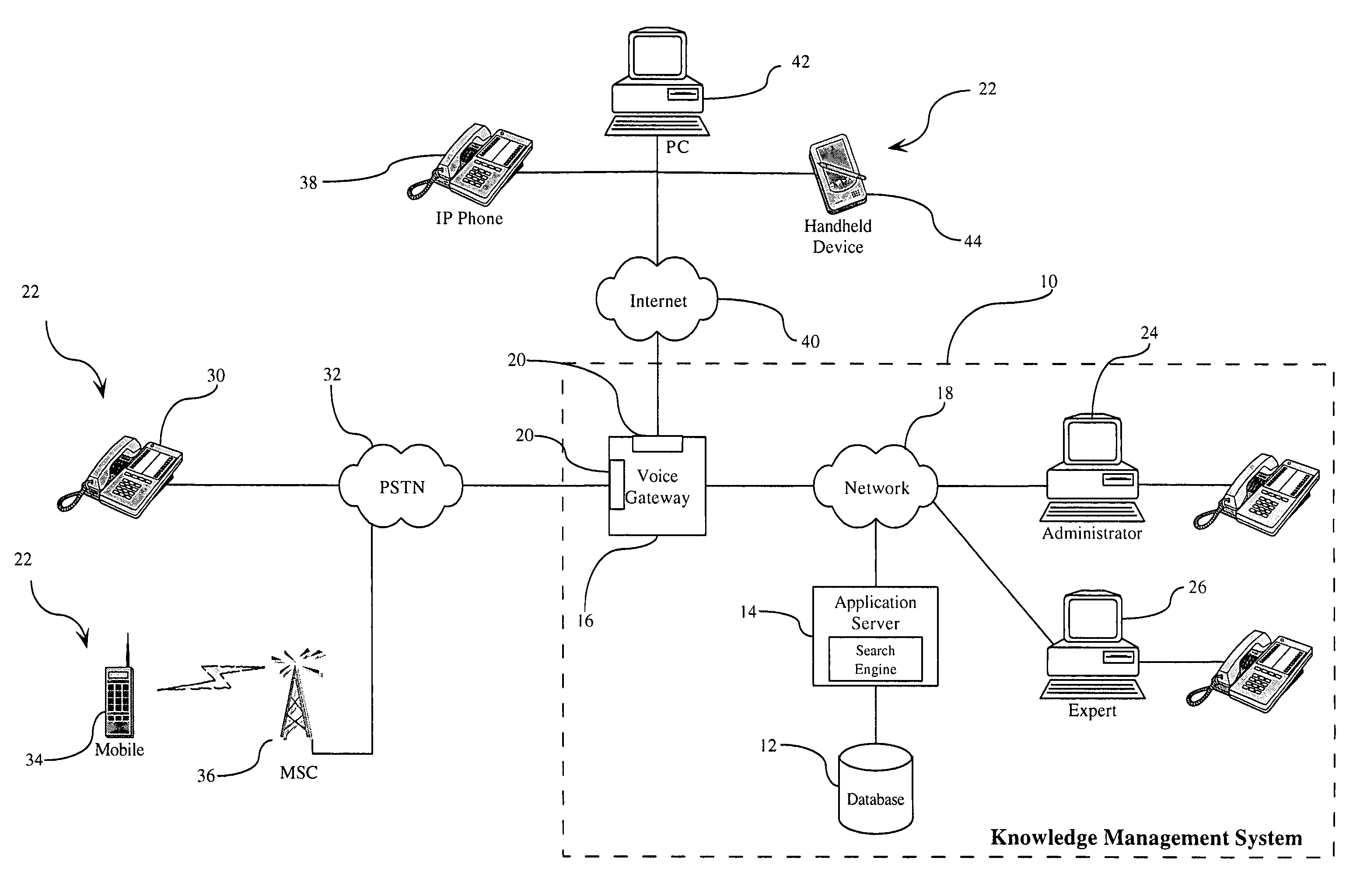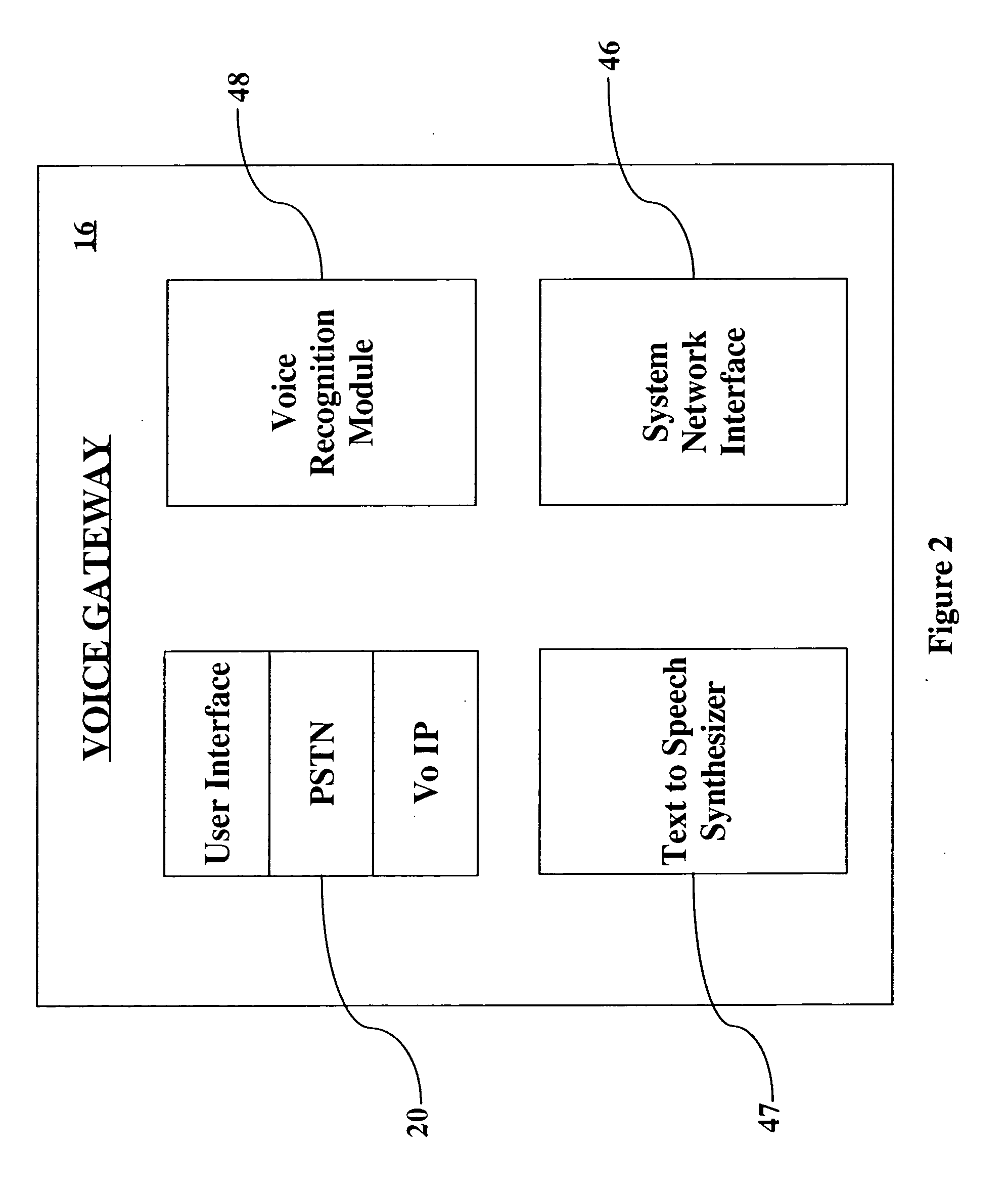Method and system for processing knowledge
- Summary
- Abstract
- Description
- Claims
- Application Information
AI Technical Summary
Benefits of technology
Problems solved by technology
Method used
Image
Examples
Embodiment Construction
[0047] The foregoing and further features of the present invention will be more readily understood from the following description of a preferred embodiment, by way of example only and without limitation to the scope of the invention, having regard to the accompanying drawings.
[0048] Referring to FIG. 1, there is shown a preferred embodiment of a knowledge management system 10 in accordance with the invention. This comprises a database 12 for storing knowledge specific to a plurality of entities such as organisations, locations, people, processes or the like. The database 12 is controlled by an application server 14 which processes users' requests to retrieve elements of knowledge associated with said entities stored in the database 12. The application server 14 and database 12 are connected to a voice gateway 16 over a network 18 such as a local area network (LAN). The voice gateway 16 establishes a voice enabled interface 20 between users 22 and the system 10. It will be understoo...
PUM
 Login to View More
Login to View More Abstract
Description
Claims
Application Information
 Login to View More
Login to View More - R&D
- Intellectual Property
- Life Sciences
- Materials
- Tech Scout
- Unparalleled Data Quality
- Higher Quality Content
- 60% Fewer Hallucinations
Browse by: Latest US Patents, China's latest patents, Technical Efficacy Thesaurus, Application Domain, Technology Topic, Popular Technical Reports.
© 2025 PatSnap. All rights reserved.Legal|Privacy policy|Modern Slavery Act Transparency Statement|Sitemap|About US| Contact US: help@patsnap.com



